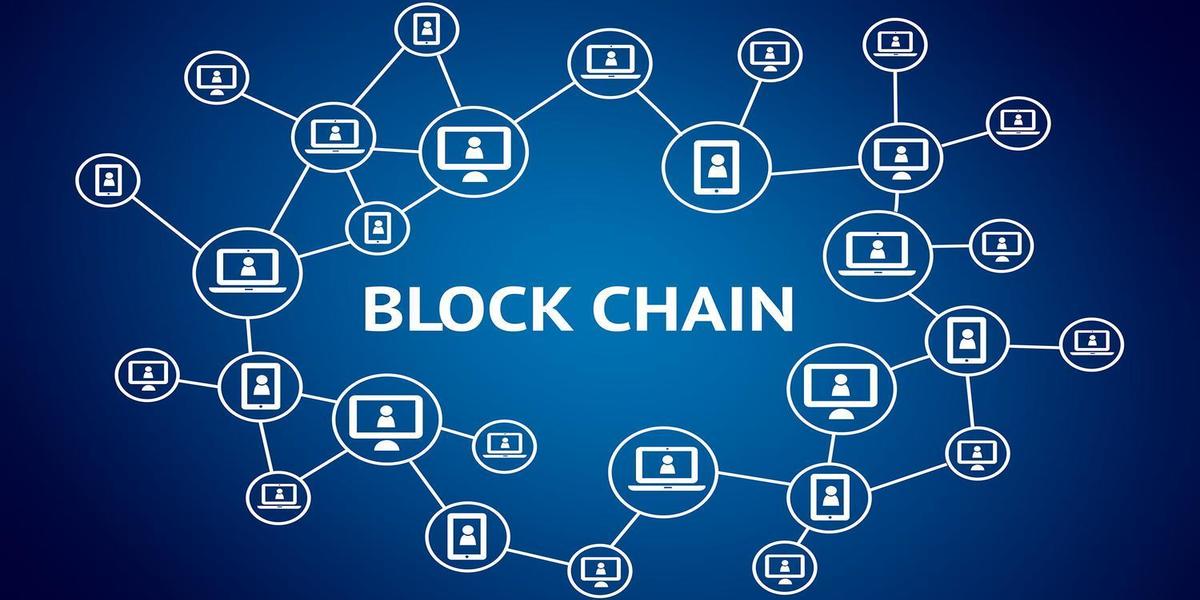
What Role Does Blockchain Technology Play In Education?
- By Sameer Mehta
- 03-06-2020
- Blockchain
Blockchain is one of the hottest AI game-changing technologies of the current times, according to every industry survey worth its weight. Last year, Gartner CIO survey showed that 18% respondents were willing to deploy blockchain in higher ed, but by the middle of 2020, between the spread of a global pandemic, all industries, especially education, are serious about whole scale AI transformation. Education sector can benefit from blockchain in following ways:
• Transparent, open-source, safe records management that goes beyond credentialing
• Utmost privacy through anonymity and PKI encryption and
• Increased peer-to-peer collaboration and scalability
• Reduced cost of data management and record keeping
• Creating disruptive and innovative business models
What is Blockchain Technology?
It came to the forefront in 2009 with the rise of Bitcoin, which was the first application of blockchain technology.
Block = chunk of data + chain = cryptographically bound network of public database
Essentially, blockchain technology is the easiest and safest decentralized way to transfer information from one point to another. It's a time-stamped transaction data transmission that allows information to be distributed safely but not copied. There is no single owner so there is high transparency. Common examples of blockchain technology are your e-commerce digital transaction records and banking transaction records on your mobile. It's officially called Distributed Ledger Technology defined as the synchronised, consensual digital system that records transactions and details in multiple places without a central data storage.
How is Blockchain Technology Fueling the Education Sector?
Automated and remote data management as opposed to manual data management will be the biggest catalyst in blockchain adoption in education.
1. Storing Academic Certificates and Credentials
Students' certificates, degrees and diplomas are traditionally stored in the academy's database with limited access and it can be really tough to get a hold of them for external authentication. With blockchain, an authentic, legally verified view of all of the ratings, scores, credits, completion certificates, etc can be made available to potential employers without involving the academy's record keeping systems and physical intervention. They are safe from tampering as they follow cryptographic rules. Even if the institute shuts down or is temporarily unavailable, students' credentials verification process can continue without a hassle.
2. Protection of Intellectual Copyright
Institutes of higher ed (professors and students) are creators, owners and users of highly coveted intellectual property in terms of theses, patents, trademarks, and research papers. These materials can be made available for use and reuse through blockchain technology in a way that every access to the materials is tracked and since they're encrypted, no changes can be made to them nor can they be pirated.
3. Verifying Student Identity
Using blockchain for identity management can eliminate the threat of data tampering and availability of student identity at multiple checkpoints that are susceptible to thefts. Zero knowledge proof is an identity authentication method which enables one party to prove a certain information to another party without actually revealing the source information. For instance, a student can prove place of residence or age without her actual address and date of birth.
4. Strengthening Security through IoT Video Surveillance
Blockchain technology can help school and college IT admin to save camera angles so that hackers are not able to change them or record anything private. This measure of cybersecurity can prevent organized or solo attacks on educational systems and potentially save lives as well as property. Sharing security data across multiple digital devices in a tamper proof manner can also be achieved by blockchain systems.
5. Making Smart Contracts
These are self-executing contracts that automatically take place when certain pre-requisite conditions are met. Potential uses between teachers, administrators and students include review meetings recordings, attendance recording, coursework submissions, automatic credit/funding accruals, etc.
6. Building Marketplaces for Education
Online education is catching up rapidly across the globe. In a paid marketplace where tutors and students can find each other for various courses and also for online academies, blockchain technology can help distribute digital diplomas, tailored classes, immutable alumni records, smart contracts-based knowledge sharing, giving Skill Badges, maintenance of digital transcripts, student records and course payments, create unified achievement records and developmental growth, among others.
7. Creating Online Libraries
Blockchain can create digital peer-to-peer sharing of books, papers and resources, thereby creating a safe and thriving resource sharing ecosystem. Applications extend to validated payment transactions by members, interlibrary exchanges, universal or in-network library cards, building improved metadata systems/archives for libraries, and protocols for community-based lending and borrowing.
8. Recruiting Staff
Hiring reliable and high quality staff for administrative, operational and daily manual work for educational institutions is a time consuming and highly hectic process for HR professionals. The hiring process can be made easier by using DLT based employment history verification, criminal background checks, reference checks through a digital HR Ledger.
9. Using Distributed Cloud Storage
More and more educational institutions are storing data and files in the cloud, e.g. Google Drive, DropBox. In a traditional cloud storage model, all the data is stored in the backend at one of their data centres. In blockchain cloud storage, all components like processing, storage are entered in a blockchain in a decentralized, adaptable, efficient, multiple locations so there's no danger of one single server being compromised.
10. Enhancing Professional Placement of Students
Last but not the least, higher Ed institutions can take advantage of blockchain technology to match students' credentials, skills, professional aspirations, etc, by using evaluation techniques that use cluster algorithms within the blockchain and present the right fit for the right app development company that are looking to hire.
Challenges in blockchain adoption that persists are lack of understanding of its functioning and application, reluctance to disturb historical practices of business processes, perception about the chaos that surrounds cryptocurrencies, lack of conducive blockchain regulations and infrastructure. An open dialogue and persistent communication with schools and universities at large will go a long way in breaking entry barriers for blockchain technology. There's also a need for creating a larger number of simple, effective and reliable blockchain Decentralized Apps (DApps) that can actually solve problems faced at various levels by students, educational institutions and educators.
Recent blog

Harnessing Social Media: Tactics For Powerful Marketing Success Achievement
Social Media | 25-07-2024
7 Hidden Secrets of MSI Laptop Boot Menu Key
Technology | 24-07-2024




